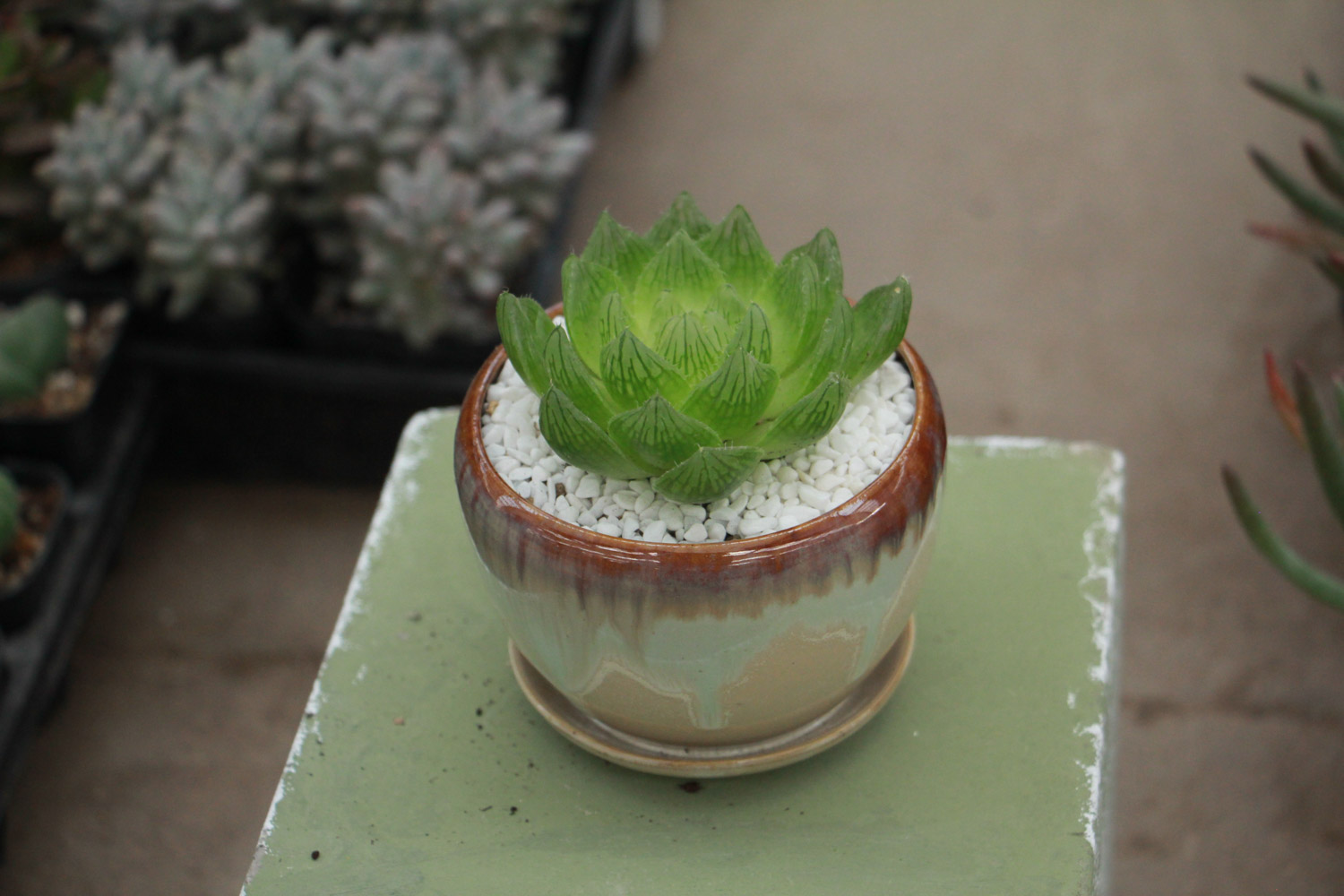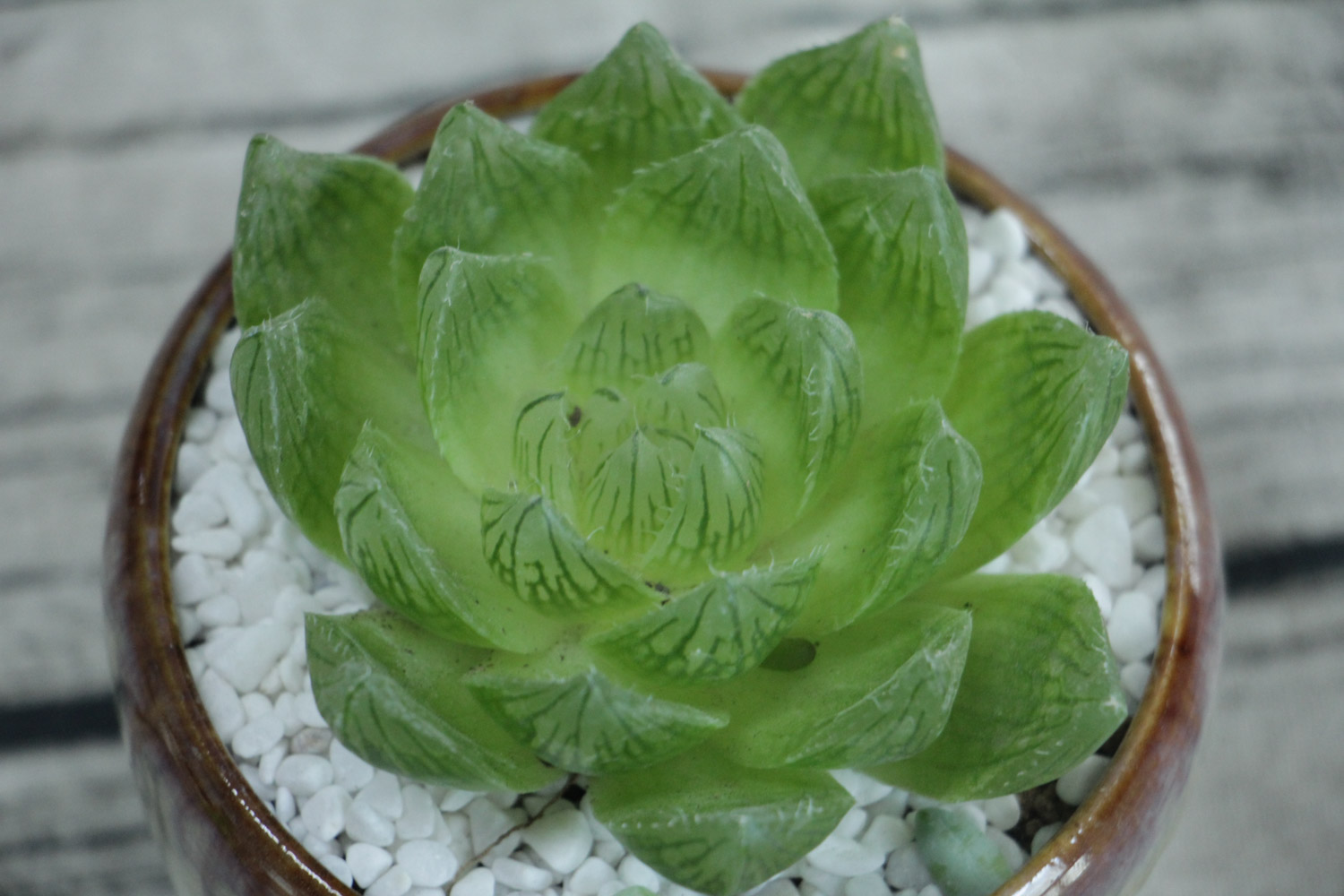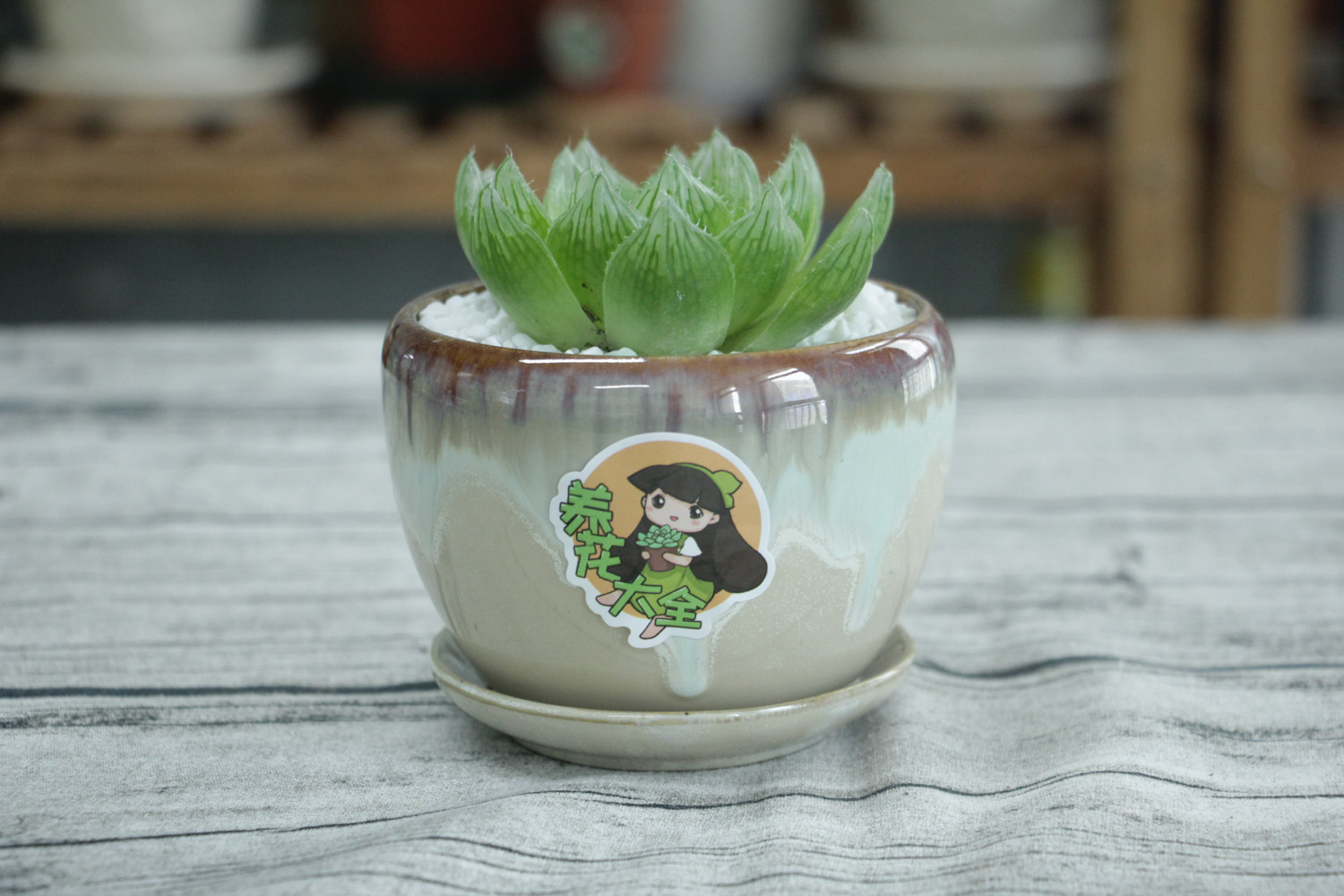Ramet
It can be carried out in combination with changing pots, or the young plants next to the mother plant can be dug in the growing season. They can survive with or without roots. They can be planted directly with roots. The seedlings without roots should be dried for 1 ~ 2 days, and then planted after the wound is dry
The newly planted plants should not be watered too much to avoid decay. Normal management can be carried out after new roots grow

Cutting
Yulu will sprout in the leaf axil at the lower part of the plant. For the species that are not easy to sprout, the growth point in the center of the plant can be destroyed to promote its sprouting
After the small bud grows to 2 ~ 3cm, remove it and air it for 2 ~ 3 days. After the wound is dry, cut it in the culture soil, keep the soil semi dry after cutting, and grow new roots after 2 ~ 3 weeks

Leaf insert
You can choose robust and fleshy leaves. During the growth period, you can cut in well drained substrates such as vermiculite or coarse sand. After cutting, keep the basin soil slightly wet. The base of fleshy leaves is easy to take root and grow small buds. You can plant them separately when the small buds are slightly larger

Sow
Only through artificial pollination can Yulu seed. Generally, the morning when the weather is sunny is selected for flowering. The method is to select two Yulu plants that bloom at the same time. It can also be pollinated by Shouxiang, Vientiane and other varieties of the same twelve roll genus
Parents are required to have compact plant type, plump leaves and high transparency of "window". When pollinating, remove the petals, remove the pollen and apply it to the stigma of another flower. They can also remove the pollen in the afternoon of the previous day and keep it carefully. Pollination will be carried out the next morning, with a high success rate. Sow after the plant is mature

In these breeding methods, it should be noted that there may be unexpected surprises
There may be some variation plants in the seeding seedlings. Young plants with compact plant type, fleshy leaves, high transparency of "window" and significant veins can be selected for seedling preservation. If seedlings with different leaf color are found, they should also be preserved, perhaps a rare variant plant of brocade< span>

 how many times do yo...
how many times do yo... how many planted tre...
how many planted tre... how many pine trees ...
how many pine trees ... how many pecan trees...
how many pecan trees... how many plants comp...
how many plants comp... how many plants can ...
how many plants can ... how many plants and ...
how many plants and ... how many pepper plan...
how many pepper plan...

























